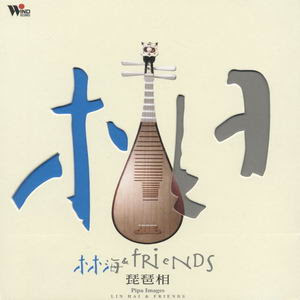 There are ten students in my world music class. A few of them choose this course because they really have passion for musics of different cultures; a few of them are here because they need more credits for their degree; the others, I believe, drop in for no reason.
There are ten students in my world music class. A few of them choose this course because they really have passion for musics of different cultures; a few of them are here because they need more credits for their degree; the others, I believe, drop in for no reason.Officially, today is the last day of this temporary part-time teaching job. However, it appears that Canzio hasn't yet been back from his study leave (I hope he was not captured and cooked by certain anthropophagous natives in his field work) and thus I shall carry on with these students. As we do have fun from time to time, I would love to spend two hours a week with them while accumulating teaching experience for my academic CV.
After exploring a wide variety of traditional African music last week, today we shifted to African music in modern times, including choral activities, 'classical' music and Afropop. To be honest, Afropop is beyond my expertise, so I had to put in hours swotting up on the history of the development of popular music in different corners of this huge continent, listening to song examples and infusing all the neurones in my head with the rhythmic pulsation of mbaqanga, marabi, kwela, Krio dance music, salegy, iscathamiya, marrabenta, soukous, mbalax, juju, tuku and highlife.
There are more 'genres' of Afropop than these, but these materials were indeed more than enough for one hour, the second half of today's lecture. Instead of showering them with a plethora of boring stylistic, rhythmic, melodic, harmonic or whatever -ic analysis, I just gave some general descriptions about each genre and then played the music. They had fun and so did I.
 I learnt of this album,
I learnt of this album, 





